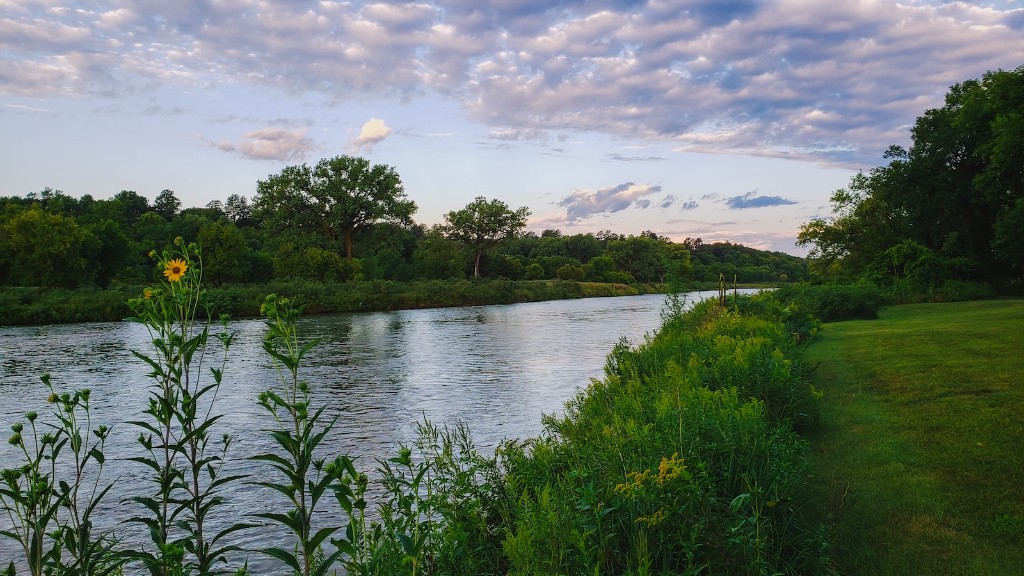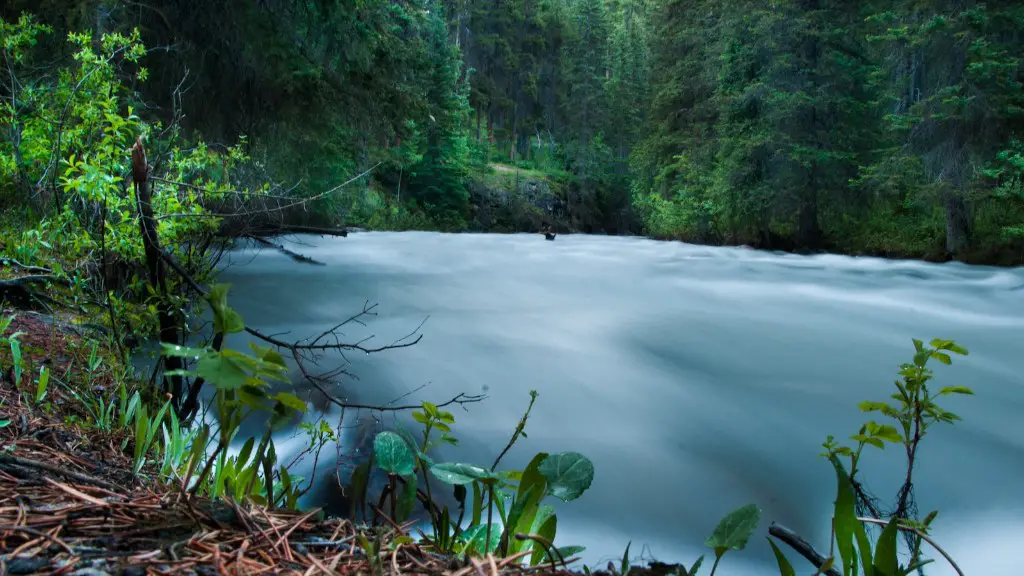Mississippi River Basin
The Mississippi River, one of the most iconic rivers in the United States, flows through 10 states and its tributaries ois spread across 31 states across the country. Its journey starts in northern Minnesota and goes all the way to the Gulf of Mexico, meandering through land, serving as a vital water resource and transportation corridor for each state it passes through.
The Mississippi River has a long history of providing towns and cities along its curves with vital water and transportation. It has supported economies, served as a major trade route, provided a pathway for immigrants, and inspired cultures along its route. With its deep resemblance of a young America, it is an integral part of the United States.
Mississippi River States
The Mississippi River begins in Lake Itasca in Minnesota, passes through Wisconsin, Iowa, Illinois, Missouri, Kentucky, Tennessee, Arkansas, Mississippi, and Louisiana before it empties out into the Gulf of Mexico. Each state has rich cultural, economic and historical ties to the river, and it has been used to drive many projects in the region and beyond.
Tennessee and Louisiana are the most important states for the future development of the Mississippi River watershed and are the two states the river passes through directly. In Louisiana alone, the river connects 12 parishes and is part of an intricate network of canals and locks.
Economic Benefits of the Mississippi River
The Mississippi River is an important driver of job growth and economic development in the states it passes through. The tourism and recreation industries are vital to many of the states and rely heavily on the river. Shipping networks, ports and infrastructure are a major part of all ten states, relying upon the river, as well as the production of agricultural products that depend on its riverbanks for sustenance.
The Mississippi River, and its tributaries, combined with its important economic activity, provide jobs for more than five million people and generate billions of dollars in tax revenue annually.
Environmental Impact of the Mississippi River
The largest environmental concern for the Mississippi River is the amount of fertilizer runoff in the water. The runoff, which mainly consists of nitrogen and phosphorus, has prompted numerous states to develop nutrient reduction plans.
The nutrient runoff causes algal blooms that deplete the oxygen from the water and make it inhospitable to many organisms. The runoff also causes eutrophication, which is a buildup of sediment on riverbeds that can harm navigation, recreation and other activities in the area.
The states of Louisiana and Mississippi, due to their location along the river and the presence of many major agricultural operations, bear the brunt of the issue.
Floods and Drought in the Mississippi River Basin
Floods and drought are two important issues in the Mississippi River basin. Floods occur frequently in some of the river states, and they can result in property damage and damage to the river’s ecosystem.
Drought is also an issue, particularly in some of the more arid states along the river, such as Arkansas and Mississippi. Drought can cause the river to shallow, making it difficult for navigation and other activities. Drought can also disrupt the river’s ecosystem, by stressing wildlife and making it difficult for plants to grow and survive.
Policy and Conservation Measures
The states along the Mississippi River are working together to protect the river and its watershed. In 2020, nine of the states formed the Mississippi RiverStates Working Group, a collaborative effort to identify and share best practices and solutions to river health and sustainability.
The states are also implementing measures to reduce nutrient runoff, such as watershed best management practices, and are looking into ways to restore habitats and protect the fragile wetlands in the river basin.
Aquaculture and Fishery
Aquaculture and fisheries are two important industries in the Mississippi River basin. Many of the states, including Louisiana, Arkansas, Mississippi and Illinois, are home to a wide range of fish species and aquaculture operations, which rely heavily on the river’s health for their survival.
The states are implementing policies and programs to protect the river’s fisheries, such as the Mississippi River Fisheries Restoration Program, the Mississippi River Aquaculture Program and the Great Rivers Partnership.
These programs are working together to better manage and protect the river’s fish stocks, restore habitats, improve water quality and provide scientific information to assist aquaculture and fisheries operations.
Impact on Native Ecosystems and Wildlife
The Mississippi River is home to a wide range of wildlife, including fish, birds, mammals and other species. The wetlands along its banks are particularly important as they provide habitat for many animals, as well as migratory birds.
that travel along the river and use its wetland habitats as a stopover.
The states have been working to restore this important ecosystem by introducing various conservation, restoration and management efforts. These include restoring wetlands, controlling invasive species, protecting habitats and reintroducing species that were once native to the area.
The Mississippi River has long been an important component for transportation and navigation in the region. Major ports, including the Port of New Orleans and the Port of Baton Rouge in Louisiana, as well as ports in Arkansas and Mississippi, rely heavily on the river for navigation and navigation of goods.
The locks and dams in the region also play an important role in controlling the river’s flow and providing access to local communities and businesses.
The states along the river have also been working together to enhance navigation and transportation along the river by improving infrastructure, such as roads and bridges, to ensure that goods and people can move through the region more easily.
Education and Interpretation
The states along the Mississippi River have been focusing on education and interpretation in recent years. Educational programs and interpretive centers have been established to teach communities about the importance of the river and its watershed, and to provide them with the tools and knowledge to protect the river and its resources for future generations.
These programs have provided communities with a greater understanding of the river, its ecosystems and its importance in the region. They have been instrumental in promoting environmental stewardship in the region and preserving the unique culture and history of the river.
Conclusion
The Mississippi River is an integral part of the United States, providing vital economic and environmental benefits to the states it passes through. Its importance lies in its deep historical ties, its cultural importance and its natural resources, which provide sustenance to millions of people each year.
The states along the river are focusing on protecting the river and its resources, by introducing policies and programs to reduce nutrient runoff and enhance habitat restoration. They are also focusing on education, interpretation and navigation to ensure the river is accessible and sustainable for future generations. Through these efforts, the states are ensuring that the Mississippi River will continue to be an important part of the American experience.


